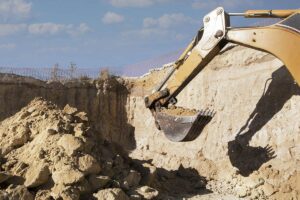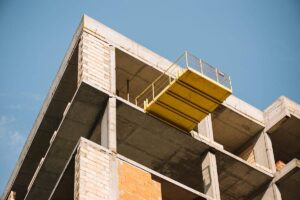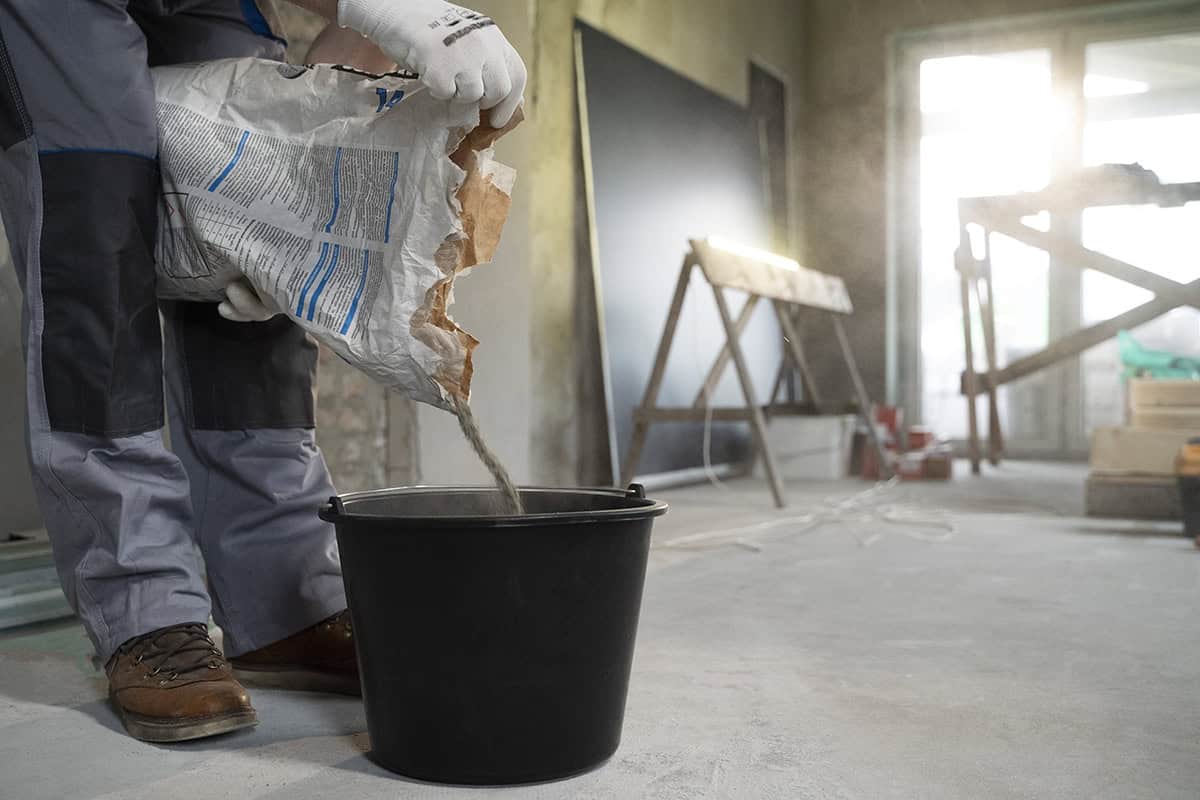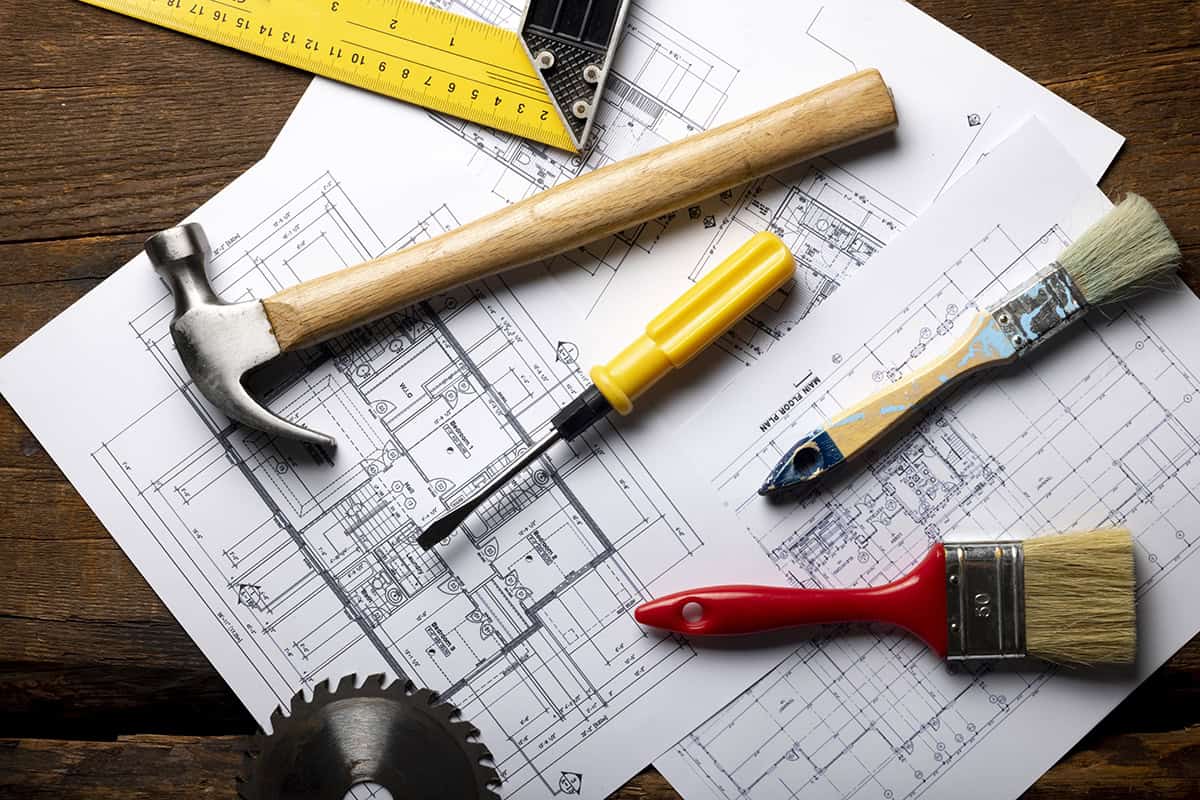The countdown for the legalization of unauthorized constructions has already begun. According to Law 4495/2017, the deadline for the legalization of unauthorized constructions in Categories 1 to 4 officially expires on March 31, 2026. Unless a new extension is granted, thousands of properties across Greece risk being “frozen” from an urban-planning perspective — preventing sales, transfers, and new investments.
The legalization of unauthorized buildings is perhaps the most critical step in ensuring the legal validity of a property. Legalization (or “regularization”) allows owners to secure the ability to sell, mortgage, or otherwise utilize their property safely, without legal complications.
What Law 4495/17 Provides and Who Is Affected
The law classifies unauthorized constructions into five categories, depending on the severity of the violation and the time of construction.
Until March 2026, Categories 1 to 4 can be included in the legalization process, which covers:
- Buildings constructed before 1983 that deviate from their building permit.
- Minor or medium violations, such as enclosed semi-open spaces or excess building area under 40%.
- Constructions with a valid permit but with alterations or small additions.
Category 5, which includes major violations or constructions without a permit after 2011, cannot be legalized. Any attempt to include such constructions is automatically rejected by the TEE (Technical Chamber of Greece) system.
The March 31, 2026 Deadline
This date serves as the final opportunity for hundreds of thousands of property owners. After the deadline, no new applications can be submitted, and any unregulated constructions will remain illegal — with serious consequences:
- No possibility of property transfer or establishment of ownership rights.
- Loss of property value, since the building cannot obtain a Building ID.
- Potential fines or even demolition orders, depending on future inspections.
Experience shows that most owners tend to act at the last moment, causing significant delays for engineers and urban planning offices. Starting the process early is essential to avoid bottlenecks.
How Property Transfers Are Affected
Since 2021, no property transfer can take place without a valid Building ID — a digital record containing all legality documents, floor plans, permits, and any legalization declarations.
If an irregularity has not been legalized, the Building ID cannot be issued, and therefore, the property cannot be sold or transferred.
Even minor deviations, such as the relocation of a balcony or the closure of a storage area, can block a transaction or inheritance transfer.
Resolving these issues requires a qualified civil engineer experienced in legalization procedures, who will carry out a site inspection, permit file review, fine calculation, and submission through the TEE platform.
➡️ See our dedicated page on Regularization of Unauthorized Constructions
➡️ Related service: Building ID
Practical Guide: Steps Property Owners Should Follow
- Legality check of the property by a licensed civil engineer.
- Comparison between the approved building permit plans and the current condition.
- Classification of the irregularity (Category 1–4) and fine calculation.
- Submission of the legalization declaration through the TEE platform.
- Payment of the application fee and fine (in full or by installments).
- Final approval and update of the Building ID.
In older properties where the original building permit files are missing, a new topographic survey or structural assessment by a specialized engineer may be required.

Will There Be Another Extension?
Although the possibility of an extension is often discussed, no official statement has been made.
The Ministry of Environment aims to ensure digital tracking of all declarations through the Digital Land Bank and the Building ID system, indicating a shift toward completion and transparency, rather than ongoing extensions.
Therefore, the safest approach is to start the process early to avoid last-minute congestion as the deadline approaches.
Impact on the Real Estate Market and Investors
The end of the legalization period will have a direct impact on the real estate market. Many properties with minor irregularities (such as closed verandas or attic conversions) will remain “frozen”, unable to be sold or mortgaged.
This will cause temporary stagnation in available legal properties, affecting sellers, buyers, and brokers alike.
Owners who proceed with legalization on time will gain a significant advantage — both legally and financially — as a legalized property can be immediately sold or utilized.
The Role of the Engineer
Legalizing a property is much more than a paperwork procedure. It requires technical expertise and thorough knowledge of building regulations.
The civil engineer is responsible for verifying legality, assessing the extent of violations, and proposing corrective or structural measures if needed.
At Katsouris Engineering, we provide comprehensive services for the legalization of unauthorized constructions, building permit issuance, and Building ID preparation.
Contact us to review your case and ensure your property’s compliance well before the 2026 deadline.
ℹ️ Frequently Asked Questions (FAQ)
Which categories of unauthorized constructions can be legalized until 2026?
All Categories 1–4 under Law 4495/17 — meaning buildings constructed before 2011 with minor or moderate deviations. Category 5 (major violations after 2011) is excluded.
What happens if an unauthorized construction is not legalized by the deadline?
It cannot be transferred or obtain a Building ID, and the owner may face administrative fines or penalties.
Can I legalize a property without a building permit?
Yes, as long as the construction took place before 2011 and falls within the qualifying Categories 1–4.
Is the Building ID required for every property transfer?
Yes, it has been mandatory since 2021. Without it, no sales or inheritance contracts can be executed.





